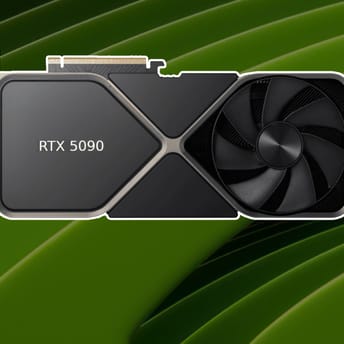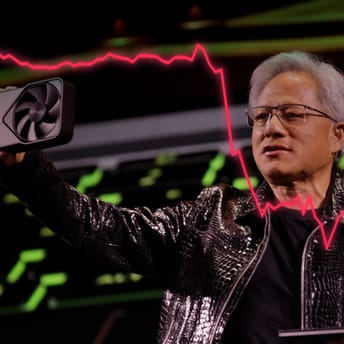Nvidia’s Fiscal Year 2025 Revenue Amounted to $130 Billion, a 114% Growth From Last Year

|
|
Key points
- Nvidia shows an impressive 114% revenue growth for the Fiscal Year 2025.
- All of their sectors exhibited growth with its Data Center sector leading the growth with 142%.
- Nvidia’s Gaming and AI PC sector only grew by 9%.
Nvidia released its Financial Reports for Fiscal Year 2025 on February 26 which revealed a mind boggling $130 billion in revenue. The company also shows growth in all of their aspects from Data Centers to Automotive and Robotics.
Nvidia’s growth showed no hints of stopping as the tech giant published its Fiscal Year (FY) 2025 Financial Results and showed a growth of 114%. Their gaming and AI PC sector is down 11% year over year. This year’s fourth quarter revenue was $2.5 billion compared to the same period last year’s $2.8 billion.
This was the only quarter that saw a decrease from its previous year counterpart. Nvidia’s CFO, Colette Kress, attributed the decrease in revenue to the limited supply of Blackwell and Ada GPUs. Despite this, the Gaming and AI PC sector’s full-year revenue rose by 9%.

Data Centers is where Nvidia gets most of its revenue. This year alone, it has earned the company $115.2 billion. An increase of 142% compared to a year ago. Their other sectors: Professional Visualization and Automotive and Robotics both contributed a yearly increase of 21% and 55% respectively.
The company expects their growth to continue into the FY of 2026, setting its sights on an increase of revenue to $43.0 billion for the first quarter of FY 2026. With the company recently releasing their new 50-series GPUs, their expectations have a good chance to be met. However, there are also problems plaguing their latest GPU series.
Recently, Nvidia was faced with manufacturing problems that are affecting the whole series. People who have purchased the cards have been reporting missing ROPs which lead to their GPUs not achieving the standard of the card. Nvidia has already acknowledged the problem and advised affected customers to contact their card manufacturer for a replacement.













